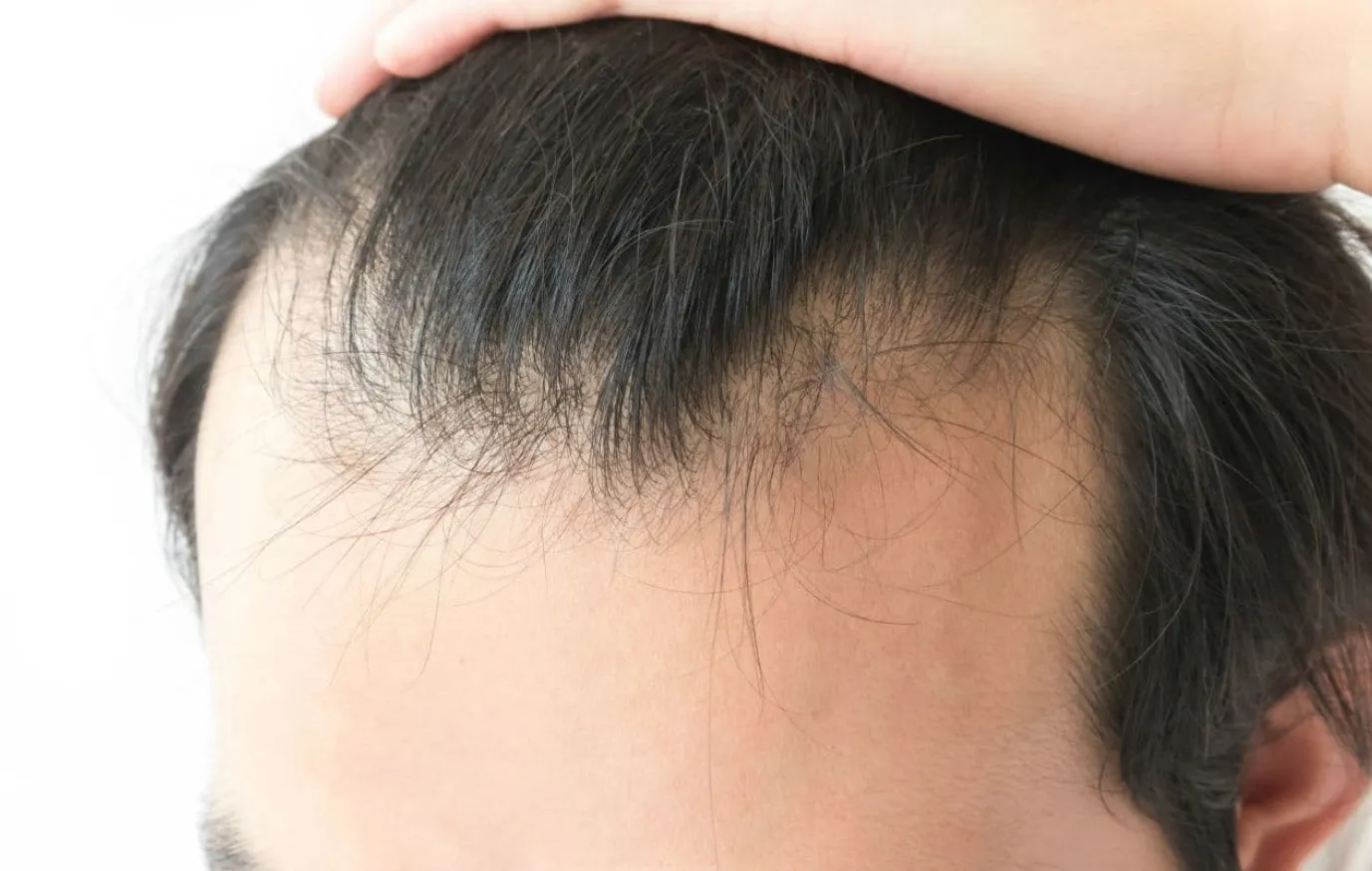
The diagnosis of cancer sets in motion a whirlwind of emotions, tests, and treatments. Amidst the formidable fight against the disease, patients face a number of side effects that can be both physically and emotionally taxing. Among these, hair loss is one of the most visible and often most dreaded. For many, it is more than just the loss of hair; it is a public, undeniable sign of their illness and a profound blow to their sense of identity and self-esteem. The emotional weight of this experience is often underestimated, as it can strip a person of their feeling of normalcy and control. Navigating this particular side effect requires a blend of practical preparation and compassionate self-care.
The emotional weight of this experience is often underestimated, as it can strip a person of their feeling of normalcy and control.
Understanding why hair loss occurs is the first step in preparing for it. Many cancer treatments, especially chemotherapy, work by targeting rapidly dividing cells. While this is effective in killing cancer cells, it also affects other fast-growing cells in the body, including the hair follicles. The timing and extent of hair loss depend on the specific type of chemotherapy drugs used, the dosage, and the individual’s body chemistry. Hair loss can begin as soon as one to three weeks after the first treatment, sometimes starting with a thinning and then progressing to complete loss. It’s important to remember that not all chemotherapy drugs cause hair loss, and some cause only thinning. Talking to the oncology team about the specific drugs in a treatment plan can provide a clearer picture of what to expect.
The timing and extent of hair loss depend on the specific type of chemotherapy drugs used, the dosage, and the individual’s body chemistry.
Before hair loss begins, many people find that taking proactive steps can help them feel a sense of control. This can include deciding how and when to cut their hair. Some choose to get a very short haircut, which can make the transition to hair loss less jarring. Others decide to shave their head completely once the shedding starts. This can be a powerful act of defiance, a way of taking control of a situation that feels uncontrollable. The choice is a deeply personal one. Gathering a collection of head coverings, like scarves, hats, and turbans, can also be a practical and stylish way to prepare. Trying on different styles and colors can turn a stressful experience into a creative outlet, allowing a person to express their personality even as their appearance changes.
This can be a powerful act of defiance, a way of taking control of a situation that feels uncontrollable.
One of the more recent and innovative options for managing hair loss is scalp cooling, also known as cold capping. This technique involves wearing a specially designed cap that is cooled to a very low temperature before, during, and after each chemotherapy session. The cold temperature constricts the blood vessels in the scalp, which reduces the amount of chemotherapy drugs that reach the hair follicles. This can help to preserve the hair, though its effectiveness varies depending on the type of chemotherapy. It’s not a perfect solution and can be an uncomfortable process, but for some, it offers a viable way to maintain their hair and a sense of privacy during treatment. The decision to use a cold cap should be discussed with a medical team to determine if it is a suitable option.
This technique involves wearing a specially designed cap that is cooled to a very low temperature before, during, and after each chemotherapy session.
Choosing a wig is another significant aspect of preparing for hair loss. The process can feel overwhelming, but a well-chosen wig can provide a great deal of comfort and confidence. Wigs come in a wide variety of materials, from synthetic to human hair, and in countless styles and colors. Many people opt for a wig that closely matches their pre-treatment hairstyle, which can help them feel more like themselves. Others see it as an opportunity to experiment with a new look. There are many resources available to help with this process, including specialized wig salons and support groups. It’s important to find a wig that fits well and feels comfortable, as it will be worn for an extended period.
Wigs come in a wide variety of materials, from synthetic to human hair, and in countless styles and colors.
Beyond the physical preparation, the emotional component is arguably the most important. Losing hair can trigger feelings of sadness, anger, and loss of identity. It is crucial to allow oneself to grieve this change. Talking to a therapist, joining a support group, or simply leaning on a trusted friend or family member can provide the necessary emotional outlet. It is important to remember that this change is temporary. Hair often begins to regrow a few weeks to a month after treatment ends, and while the texture or color may be different at first, it will eventually return to its pre-treatment state.
It is crucial to allow oneself to grieve this change.
Caring for the scalp during and after hair loss is also a key consideration. The scalp can become sensitive and prone to dryness. Using a gentle, sulfate-free shampoo and a soft brush can help. It’s important to protect the scalp from the sun with a hat, scarf, or sunscreen, as it is no longer shielded by hair. After treatment, as the hair begins to regrow, the new hair may be fragile. It’s best to avoid harsh chemical treatments, like dyes and perms, until the hair is strong enough to withstand them. Patience is key during this period of regrowth, as it can be slow and uneven at first.
It’s important to protect the scalp from the sun with a hat, scarf, or sunscreen.
The experience of hair loss extends beyond the individual to their family and friends. It can be a challenge for loved ones to know what to say or how to help. Open communication is vital. A person going through treatment can let their loved ones know what kind of support they need, whether it’s a listening ear, help with chores, or simply someone to watch a movie with. For friends and family, understanding that this is a process of emotional adjustment and that a person’s identity is not defined by their hair is the best way to be supportive.
The experience of hair loss extends beyond the individual to their family and friends.
For many, this period of hair loss becomes a profound and unexpected journey of self-discovery. Stripped of a familiar part of their appearance, they are forced to confront who they are beyond their physical reflection. Many find a new appreciation for the strength and resilience of their body and spirit. They discover that their identity is not tied to their hair but to their character, their relationships, and their unwavering spirit.
They discover that their identity is not tied to their hair but to their character, their relationships, and their unwavering spirit.
Hair loss during cancer treatment is a deeply personal challenge, but it is one that can be navigated with preparation, support, and a focus on self-compassion. The key is to approach it not as a defeat, but as a part of the journey, with the knowledge that this chapter will close and new growth will eventually emerge.
Navigating hair loss during cancer treatment is a journey of physical and emotional resilience, a testament to inner strength.
